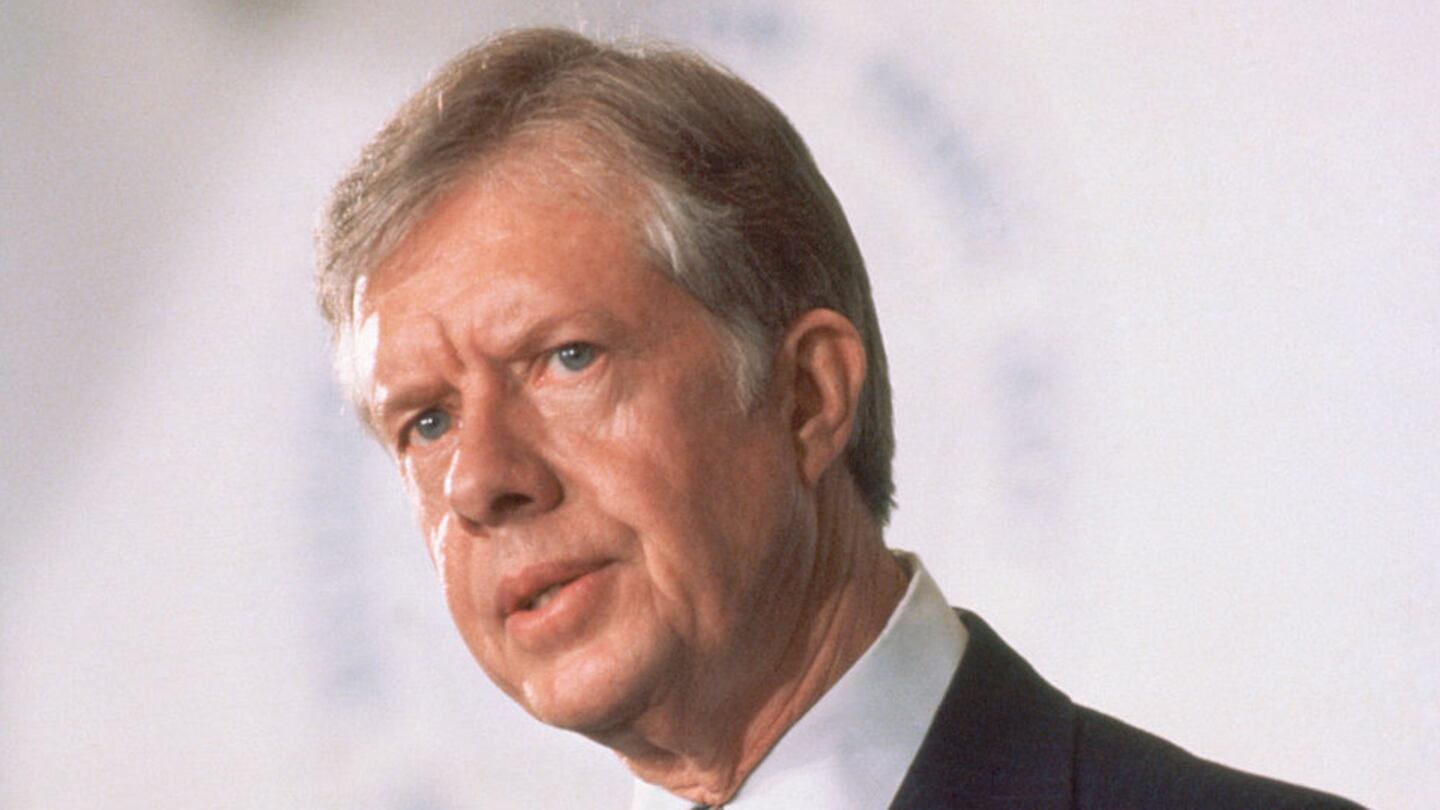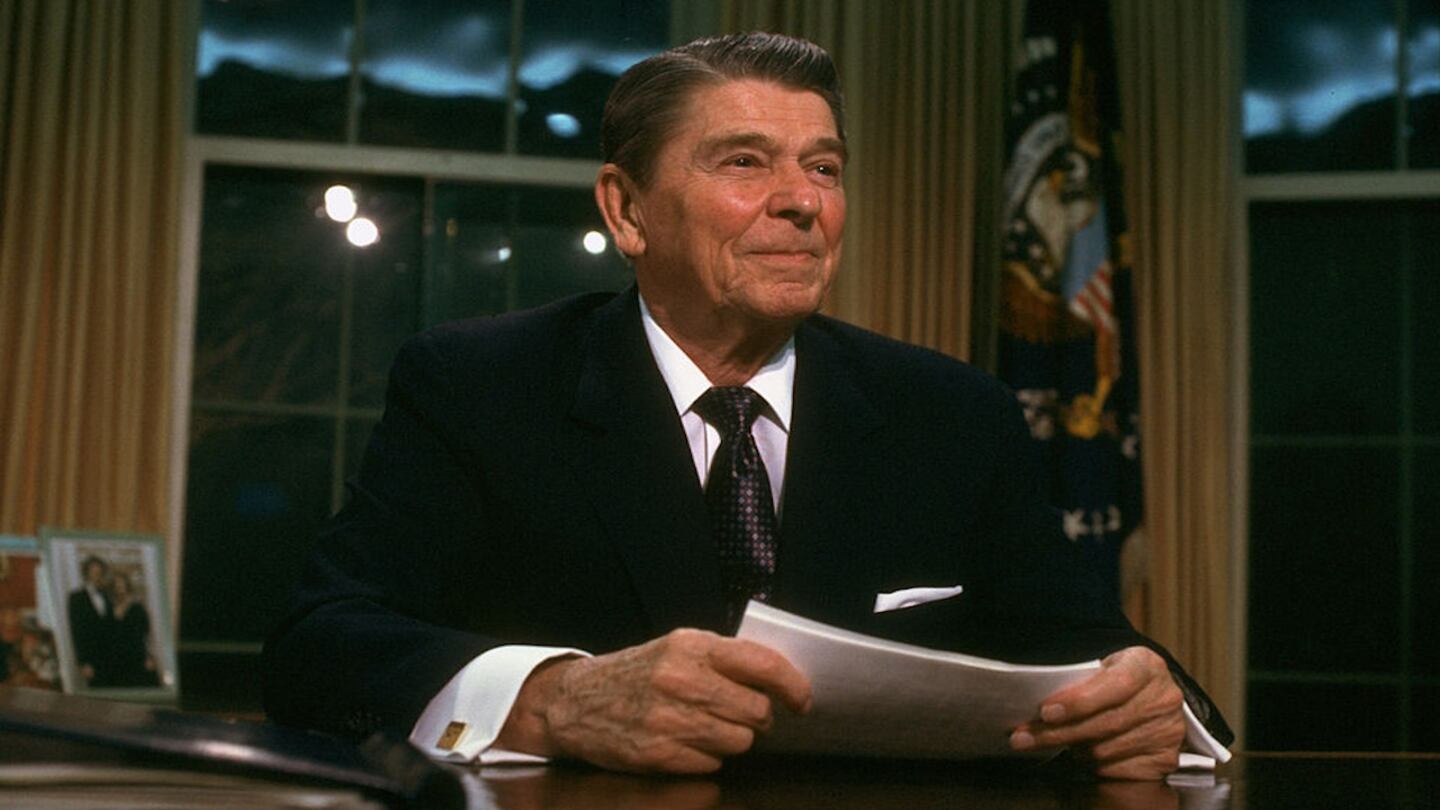WASHINGTON — If the government shutdown goes into effect at 12:01 a.m. on Sunday, it will mark the 22nd time there has been a gap in funding since 1976.
The shutdowns have varied in length from several hours to 34 days, The New York Times reported. The most shutdowns occurred during Ronald Reagan’s two terms when the government was shuttered eight times. The longest was in 2019 during Donald Trump’s administration.
A shutdown occurs when Congress fails to pass funding legislation, which in turn is signed by the president. This year’s stoppage occurred after House Speaker Kevin McCarthy’s bid to pass a temporary extension failed by a 232-198 vote on Friday, with 21 Republicans joining all Democrats to defeat the bill. The extension, called a continuing resolution, would have funded the government through Oct. 31, The Washington Post reported.
Before the first shutdown 47 years ago, the federal government would occasionally spend money without prior congressional approval, Jim Broussard, the director of the Center for Political History at Lebanon Valley College in Annville, Pennsylvania, told the Times.
According to the Congressional Budget Office website, The Budget and Accounting Act of 1921 gave the president overall responsibility for budget planning. The chief executive was required to submit an annual, comprehensive budget proposal to Congress.
However, conflicts between the executive and legislative branches led to Congress passing the Congressional Budget and Impoundment Control Act of 1974 in July of that year. The act also created the House and Senate committees and established the Congressional Budget Office.
Power for creating the budget now shifted to Congress, and it was not too long before disagreements broke out.
Two legal opinions issued by U.S. Attorney General Benjamin Civiletti in 1980 and 1981 made shutdowns more frequent, the Times reported.
Civiletti argued that it was illegal for the federal government to spend money without congressional appropriations. Exceptions included work by federal employees to protect life and property, he said.
That led to a slew of small shutdowns, Roy Meyers, a professor of political science at the University of Maryland, Baltimore County, told the newspaper.
Meyers added that the first continuing resolution — a stopgap funding bill — was passed in 1876.
Here is a recap of the shutdowns. Dates are the first day of the shutdown.
Oct. 1, 1976
A century after the first continuing resolution, the first shutdown came under the watch of President Gerald Ford and lasted 10 days, according to the Times.
Ford had vetoed a funding bill for the departments of Labor and Health Education and Welfare, The Hill reported.
Oct. 1, 1977
This was the first of five shutdowns to occur during Jimmy Carter’s four-year term and was the first of three to be referred to as the “abortion shutdowns,” according to The Hill.
It lasted 12 days as both chambers of Congress disagreed over abortion funding. The Senate wanted to use Medicaid pay to help fund abortions in cases of rape, incest, and when the health of the mother is in danger. In contrast, the House insisted on keeping the stricter ban, according to the website.
Nov. 1, 1977
This second shutdown lasted eight days. Congress was still debating about abortion funding.
Dec. 1, 1977
Another eight-day shutdown as Congress could not agree upon the abortion funding issue. Carter signed a short-term extension to keep the government open, The Hill reported.
Oct. 1, 1978
The 17-day shutdown was the longest of the Carter administration, the Times reported. The president had vetoed a defense spending bill because it funded a nuclear-powered aircraft carrier, believing funds for the project were wasteful.
Carter also opposed a costly public works bill, according to the newspaper.
Oct. 1, 1979
The government was shuttered for 11 days during the last shutdown of the Carter administration.
Congress was deadlocked over higher wages for congressional and civil service staff members, and over funding for abortion in cases of rape and incest.
Nov. 20, 1981
Ronald Reagan and Congress were sparring over $8.5 billion in budget cuts that the president wanted. He vetoed the budget measure and ordered the furlough of 241,000 government employees, according to the Times.
Since Nov. 21 fell on a Saturday, the House and Senate’s negotiators worked through the weekend and passed identical bills on Sunday, CBS News reported. However, Reagan vetoed the bill the next day. On Nov. 23, Congress passed a stopgap bill to continue funding, and workers returned the next day, according to the news organization.
The two-day stoppage cost taxpayers between $80 million and $90 million, including administrative costs, the Times reported.
It was the first of eight government shutdowns to happen during Reagan’s tenure, according to The Hill.
Oct. 1, 1982
Even though Congress had agreed to terms on a spending bill, lawmakers missed the deadline because they did not want to skip scheduled social events, according to History.com. According to the Times, Republicans were attending a White House barbecue and Democrats were at a fundraising dinner.
Dec. 17, 1982
Congressional leaders wanted to spend billions to create public works jobs but Reagan opposed that budgetary item, the Post reported. Meanwhile, the Democratic-controlled House opposed funds for MX and Pershing II missiles, which were major defense priorities for the president, according to The Hill.
The standoff lasted three days. Congress scrapped plans for the jobs but funded legal support for low-income Americans, according to CBS News. While Reagan opposed the idea, he signed the measure anyway, the Post reported.
Nov. 11, 1983
House Democrats were seeking nearly $1 billion in additional education funding, the Post reported. Additionally, their defense and foreign aid spending proposals were below what Reagan was seeking.
According to CBS News, Democrats compromised by paring back their request for education spending to $100 million and provided funding for the MX missile, which had been cut in December 1982. Cuts for foreign aid and remained in the budget.
The shutdown ended after three days.
Oct. 1, 1984
Congress attached several measures that Reagan did not like, including funding for water projects and for fighting crime, CBS News reported. Reagan wanted the crime-fighting bill but opposed the water bill. Democrats also wanted to include an item that reversed a Supreme Court decision that found colleges that did not accept federal and state funding were not subject to Title IX requirements -- even though the students received federal assistance, according to the news outlet.
Reagan offered to sign the bill without those items, but a deal was not reached in time for the deadline.
Congress passed a three-day funding extension and Reagan signed it so the government could remain open while they continued negotiations, according to the Post.
Oct. 4, 1984
Congress was unable to reach a deal during the three-day extension, the Post reported. Democrats ultimately conceded and removed the water projects and the civil rights measure. Congress passed the crime bill after one day of the government shutdown.
Democrats also agreed to fund Nicaragua’s Contra guerillas, according to The Hill. The Contras were recruited by the CIA and the group was organized to fight the socialist Sandinista government, according to History.com.
Oct 17, 1986
House Democrats attempted to expand the Aid to Families with Dependent Children program, but Reagan and the Republican-controlled Senate opposed it, The Hill reported.
The one-day shutdown ended after Democrats secured a promise on a vote for welfare expansion, according to the Post.
Dec. 18, 1987
Reagan and Democrats were unable to agree on how to provide aid to the Contra rebels from Nicaragua, the Post reported. They also differed on whether to enact the Fairness Doctrine, a rule by the Federal Communications Commission that required broadcasters to air both sides of controversial issues. The impasse lasted for one day, according to CBS News.
Congress approved money for the rebels with nonlethal aid but did not budget money for the Fairness Doctrine, the Post reported.
Oct. 5, 1990
President George H.W. Bush had famously declared when accepting the GOP presidential nomination that critics should “Read my lips: no new taxes.”
The president’s decision in 1990 to raise taxes irked House Minority Whip Newt Gingrich, according to History.com. Bush said he would veto a short-term funding measure from the Democratic-controlled House that did not include a plan to reduce the deficit, CBS News reported.
A Gingrich-led rebellion led to a shutdown that closed down museums and national parks. After three days, Congress passed a joint budget resolution that contained a plan to reduce the deficit. Bush signed a continuing resolution that reopened the government, according to the news outlet.
Nov. 14, 1995
President Bill Clinton and House Speaker Newt Gingrich clashed over balancing the budget and the president’s tax increases in 1993, CBS News reported.
In 1995, Gingrich and the “Republican Revolution” gained control of the House for the first time in 40 years. They passed a short-term continuing resolution that raised Medicare premiums and required Clinton to balance the budget within seven years. Clinton and the GOP agreed to a temporary measure to balance the budget and fund the government, according to the Post.
The five-day shutdown led to the government furloughing 800,000 federal employees, according to History.com.
Dec. 16, 1995
Until the 2019 shutdown, the 21-day period that saw the government close in late 1995 was the longest in the nation’s history, according to the Times.
The extra time from the continuing resolution was not enough for Congress and the White House to hammer out an agreement.
There were 280,000 furloughed federal workers due to this shutdown, and it caused significant delays in services provided by the government, according to History.com. The Post reported that the State Department had a backlog of 200,000 passport applications to process when the government reopened.
Republicans temporarily abandoned the idea of the seven-year balanced budget plan, CBS News reported.
“We ought to end this,” Sen. Majority Leader Bob Dole said. “I mean, it’s gotten to the point where it’s a little ridiculous, as far as this senator is concerned.”
Oct. 1, 2013
It was 18 years before the government was faced with another shutdown or funding gap. The sticking point was President Barack Obama’s health care law, known as “Obamacare,” the Times reported.
The government was shuttered for 16 days and ended after the Department of the Treasury said it was about to run out of money, according to the newspaper. Both parties worked together to reopen the government and raise the debt ceiling.
“We’ve got to get out of the habit of governing by crisis,” Obama said at the time.
Jan. 20, 2018
The government came to a halt for two days when Democrats attempted to get Republicans to agree to protect beneficiaries of DACA -- Deferred Action for Childhood Arrivals, or “Dreamers.”
President Donald Trump’s administration had announced plans to phase out the program, CBS News reported. However, the White House said it would not negotiate while the government was shuttered.
Republicans pledged to work toward a deal addressing DACA, and Trump signed a short-term funding bill to reopen the government, according to the news outlet.
Feb. 8, 2018
Republican U.S. Sen. Rand Paul of Kentucky briefly staged a filibuster to delay a two-year, bipartisan spending bill, the Post reported. Democrats wanted a solution for immigrants brought to the U.S. illegally, known as “dreamers.”
After the time for debate ended, Congress voted overnight to increase spending caps for domestic and military programs, but there was no deal for “dreamers,” according to the newspaper.
Dec. 22, 2018
The third federal shutdown during Donald Trump’s administration led to the longest in U.S. history, USA Today reported.
The president and Congress were at odds over Trump’s proposed plan to build a wall along the U.S. southern border with Mexico. Trump wanted funding for the wall, but Democrats wanted to fund the government temporarily with no strings attached, according to the Post.
The shutdown led to furloughs involving 800,000 federal workers, according to History.com. Workers missed two paychecks during the shutdown, Politico reported.
Congress passed a three-week continuing resolution to reopen the government while debate on the wall continued.
In a speech made after the crisis was averted, Trump said declaring a national emergency had been an option.
“As everyone knows, I have a very powerful alternative, but I didn’t want to use it at this time,” Trump said. “Hopefully it will be unnecessary.”
Several weeks later, Congress avoided another shutdown by passing a measure that included $1.375 billion for the wall, which was much less than the $5.7 billion Trump wanted, CBS News reported.











